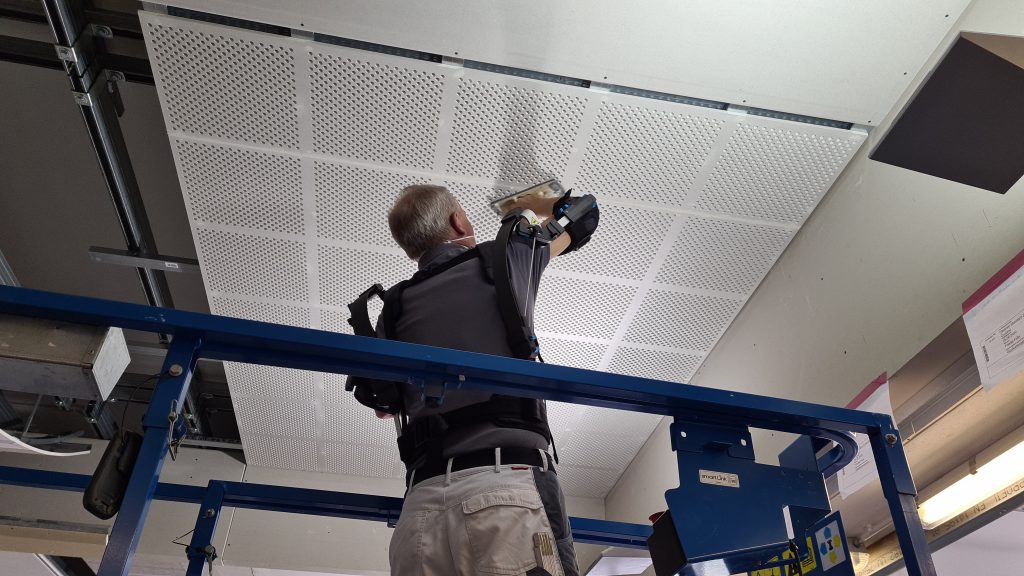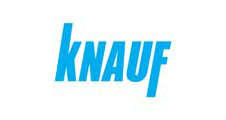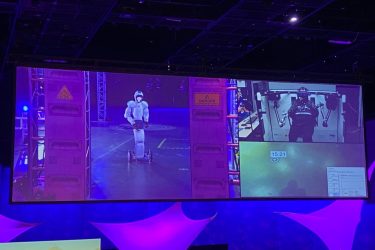Quantification of exoskeleton effects in ceiling installation
Background
Recent reviews have provided evidence that arm- and back-support exoskeletons can be effective in reducing biomechanical and physiological parameters related to work load particularly in specific, isolated postures and movements (e.g. trunk bending, lifting, overhead work) in controlled lab environments. On the other hand there are frequent reports on potential detrimental (side) effects of wearing an exoskeleton, including local discomfort, restricted freedom to move, increased muscle activity in ‘other’ body parts.
Objective
The aim of the study is to determine the effect of an arm exoskeleton on physical load on the shoulder region in predefined ceiling installation activities.
We formulated the following research aims:
- Determine the effect of using an arm-support exoskeleton on muscle activation in ceiling installation activities
- Determine the effect of using an arm-support exoskeleton on the physical work load as perceived by individual subjects (i.e. workers).
- Determine aspects of usability and acceptance of the arm-support exoskeleton in ceiling installation work
Approach
This intervention study involves 12 participants. During the experiment the participants will perform a series of ceiling mounting activities, once with and once without an arm-support exoskeleton. During the performance of all tasks we will measure the muscle activity of the main muscles in the shoulder region using electromyography (EMG).
Directly after each task each participant will be asked to rate their perceived exertion. Additionally, some short questions addressing usability and acceptance aspects will be asked by the experimenter. After finishing both series of tasks each subject will be interviewed shortly about these aspects as well.





